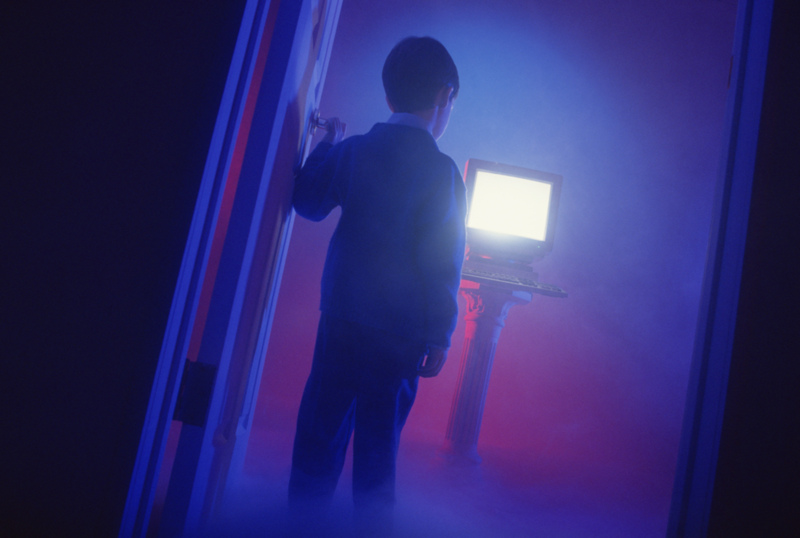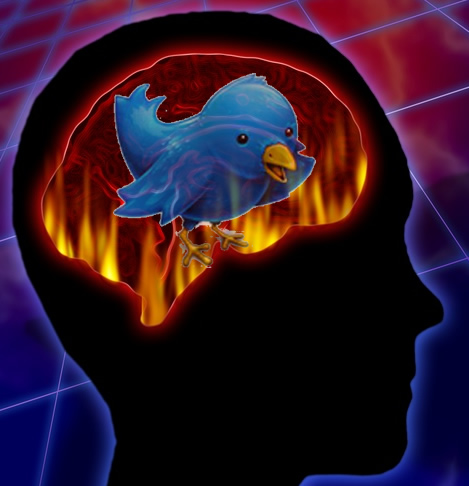Learning from the Olympics: on coaching and passion

I admit it. I am an Olympics junkie. As a former “swim mom” and avid lap swimmer, I enjoy seeing even the prelim heats with swimmers whose chance to “medal” is remote. I watch to share in their passion and the incredible accomplishment of simply being there. I listen to interviews with the medal winners, hanging on what they say about passion for the sport and about the parents and coaches who helped them get there. I even eat up those “Thanks, Mom” commercials.
As teachers we want our students to have the same passion for academic learning that Olympians have for learning to be the best swimmer or gymnast or runner. One of the parents of the U.S. gold medal women’s gymnastics team responded beautifully to a question this morning. When asked what advice he would give to parents of young athletes who show promise, he said something like, “Let them go after their dream if it is their dream and not yours. Make sure they have the tools and opportunities to pursue that dream and just let them go where they dream to go.”
Missy Franklin, this Olympics’ U.S. swim phenom, lives her passion. She has stayed with the same coach since she was very young, eschewing opportunities to move to elite programs with renowned coaches. Why? I assume it is because her coach knows her and knows her passion. She loves to swim. She also loves being a teenager and hanging out with her high school swim team and friends. As a coach, he gives her tools and steps out of her way. Both he and Missy are very lucky people to have each other and especially to have the relationship they do.
Not every student we teach can articulate a passion. It is our job to thrust our heads forward to listen for it, facilitate it, and step out of its way. With our responsibilities to curriculum, we must often seek ways to connect curriculum to our students’ unspoken passions. It is naive to think that everything we must “teach” will miraculously connect with Lego-like snap into our students’ passions. But we need to listen. There may come a moment where we can hear the passion coming through. As coaches, we must then find ways to let them go. They might have fun, and they may even “medal” in learning.










